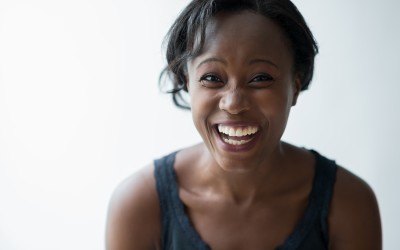Blood Pressure in Diabetes
Your body uses sugar for many different reasons, but one of the major uses is to make energy. If you have high blood sugar in the blood, your body cannot use it the right way, which may cause you to develop other medical conditions, such as heart disease, kidney disease, and many others.
Hypertension (High Blood Pressure)
A large majority of people with diabetes also have a condition called hypertension, or high blood pressure. This is very common for people with type 2 diabetes, but it can also develop in people with type 1 diabetes.
- High blood pressure, like diabetes, has the potential to cause the development of other health conditions —some of which will be the same between both conditions.
- This is why your doctor will check to see if your blood pressure is well controlled, especially if you also have diabetes.
- A well-controlled blood pressure is one that is equal to or lower than the number recommended by guidelines your doctor follows. For most people, you can expect the goal for the top number to be less than 130-140, and for the bottom number to be less than 80-90.
- At each checkup, your doctor will take your blood pressure and discuss which “number” is best for you.
Medications
If you have both diabetes and high blood pressure, it is not uncommon for your doctor to start you on a medication that will help to protect your kidneys. We said earlier that diabetes and high blood pressure can cause other medical conditions to develop —kidney disease is a condition that can be caused by either one.
- There are medications, known as an “ACE-inhibitors” or “ARBs,” that are used primarily to lower blood pressure, but have the added benefit of protecting your kidneys from potential damage.
- In addition to these two types of high blood pressure medications, there are other blood pressure medications that can be used to treat high blood pressure, including medications like furosemide, hydrochlorothiazide, and amlodipine besylate. The ultimate goal is to lower blood pressure in whatever way is most appropriate for you.
- In some cases, you may have to take more than one type of high blood pressure medication to obtain good control. This will be a discussion you have with your doctor at the time of prescribing.
Besides taking medication, there are other ways to lower blood pressure and high blood sugar. Some things you can do include:
Eat Better
Less salt, more fresh foods! Try to cut back the amount of salt you eat while also trying to increase the amount of fresh fruits and vegetables, whole grains, and fiber in your diet.
Drink more water
For the average person, the recommended amount of water per day is about 8 full glasses. A full glass is considered to be 8 ounces of fluid. Try keeping a glass of water around throughout the day as a reminder to drink.
Exercise regularly
Get up and stay active! The American Heart Association (AHA) recommends 30 minutes per day of “aerobic” activity about 5 times per week (e.g., walking, hiking, swimming, running).
Quit smoking
Smoking can be the culprit of many health-related issues, including increasing blood pressure. Reducing the number of cigarettes you smoke or quitting all together will always have a positive effect on your health. If you feel you are ready to quit smoking, consult your pharmacist —they can discuss the available options with you.
Limit alcohol
Like smoking, alcohol can lead to many health-related problems, one of which is high blood pressure. It is recommended to limit intake to two drinks per day for men and one drink per day for women. One drink is considered to be 12 ounces of beer, 5 ounces of wine, or 1.5 ounces of hard liquor (e.g., vodka).
The examples listed above are just a few of the lifestyle changes that may contribute to lowering blood pressure and blood sugar, if done safely. Always consult your primary care provider before making any changes to your current diet and exercise routine to make sure it is appropriate and safe for you to do.
Recent Posts
Vaccines: Not Just for Kids
It’s just as important for adults and seniors to get regular vaccines. Beyond annual flu shots, getting shingles, pneumonia and other vaccines is important.
You can prevent cervical cancer
Cervical cancer is one of the most preventable cancers, but it is estimated that in 2019 around 4,250 women died from cervical cancer. There are a few easy ways that you can protect yourself from cervical cancer. Get screened. There are two screening tests that can...
5 tips to take better care of your teeth
It's National Dental Hygiene Month, and there are little things we can do each day to take better care of our teeth. We created a list of five things you can start doing today so that you get a high-five the next time you come in for your appointment. Swap sugary...
Three strategies to support your mental health
Going to the doctor, exercising and eating healthy all help to take care of your body, but did you know they are also good for your mind? While we don’t talk about it enough, taking care of your mental health is just as important as taking care of your physical...
Five tips for managing Type 2 diabetes
Five Tips for Managing Your Type 2 DiabetesType 2 diabetes can feel complicated to manage. Our team came up with a few tips to help you think of some easy lifestyle changes you can make to help manage your diagnosis. Increase your physical activity. You don’t have to...
Cervical Health Month: #NadieMás
Did you know, according to the American Cancer Society: Latina women are twice as likely as non-Latina white women to be diagnosed with cervical cancer Latina women have the second highest mortality rate from cervical cancer 85 percent of women who die from cervical...



